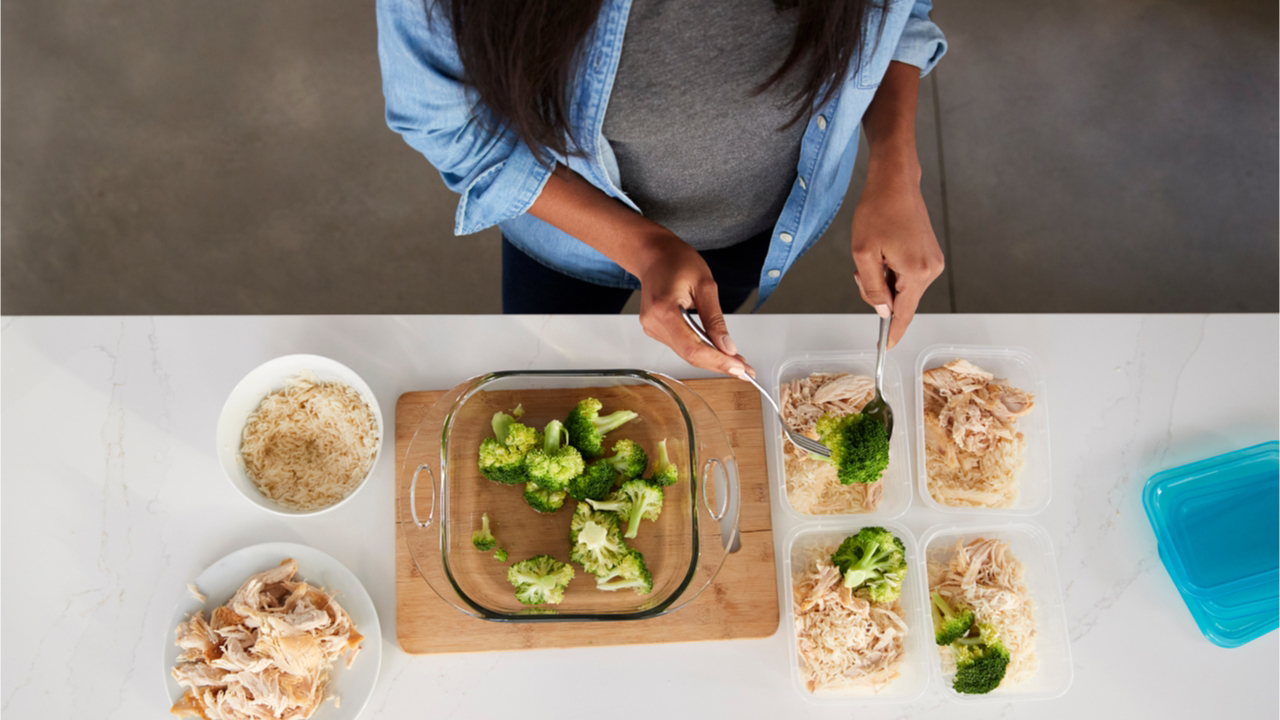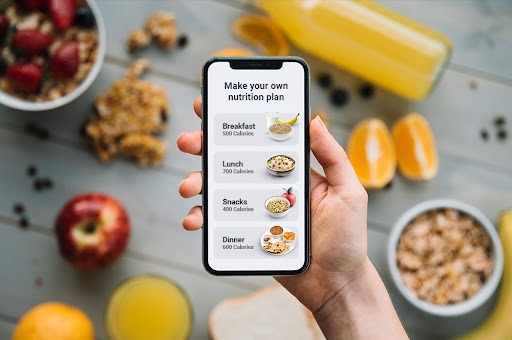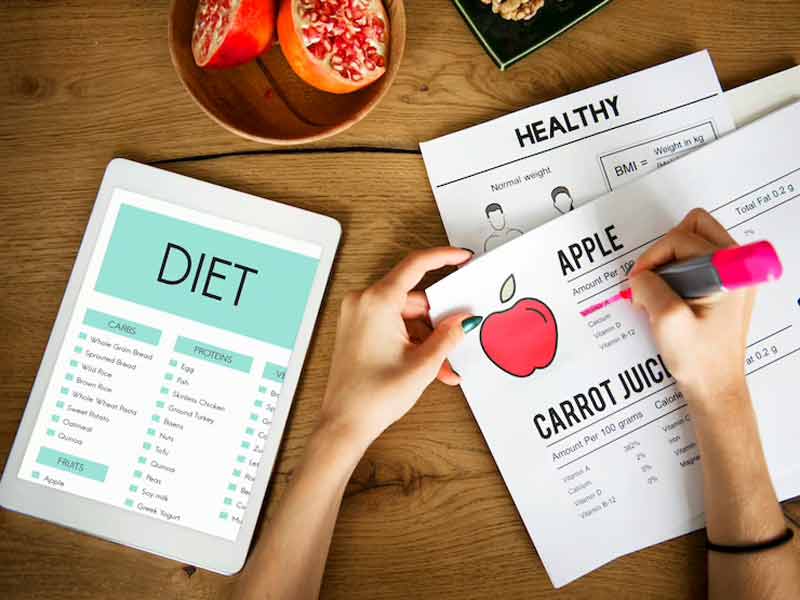Meal planning and prepping are wonderful skills to have in your personal health and wellness tool kit.
A well-thought-out meal plan can help you improve your diet quality or reach a specific health goal while saving you time and money along the way (1Trusted Source).
Here are 23 simple tips for developing a successful meal planning habit.
- Start small
If you have never created a meal plan or are getting back into it after a long hiatus, it may feel a bit daunting.
Developing a meal planning habit is no different than making any other positive change in your life. Starting small and slowly building confidence is a great way to make sure your new habit is sustainable.
Begin by planning out just a few meals or snacks for the week ahead. Eventually, you’ll figure out which planning strategies work best, and you can slowly build upon your plan by adding in more meals as you see fit.
- Consider each food group
Whether you’re preparing meals for a week, month, or just a few days, it’s important to make sure each food group is represented in your plan.
The healthiest meal plan emphasizes whole foods, such as fruits, vegetables, legumes, whole grains, high-quality protein, and healthy fats, while limiting sources of refined grains, added sugars, and excess salt (2Trusted Source).
As you scour through your favorite recipes, think about each of these food groups. If any of them are missing, make a point to fill in the gaps.
- Get organized
Good organization is a key component to any successful meal plan.
An organized kitchen, pantry, and refrigerator make everything from menu creation, grocery shopping, and meal prep a breeze, as you’ll know exactly what you have on hand and where your tools and ingredients are.
There’s no right or wrong way to organize your meal prep spaces. Just make sure it’s a system that works for you.
- Invest in quality storage containers
Food storage containers are one of the most essential meal prep tools.
If you’re currently working with a cupboard full of mismatched containers with missing lids, you may find the meal prep process very frustrating. It’s well worth your time and money to invest in high-quality containers.
Before you make a purchase, consider each container’s intended use. If you’ll be freezing, microwaving, or cleaning them with a dishwasher, make sure you choose containers that are safe for doing so.
Glass containers are eco-friendly and microwave safe. They’re widely available in stores and online.
It’s also handy to have a variety of sizes for different types of foods.
- Keep a well-stocked pantry
Maintaining a baseline stock of pantry staples is a great way to streamline your meal prep process and simplify menu creation.
Here are a few examples of healthy and versatile foods to keep in your pantry:
Whole grains: brown rice,
quinoa, oats, bulgur, whole-wheat pasta, polenta
Legumes: canned or dried
black beans, garbanzo beans, pinto beans, lentils
Canned goods: low-sodium
broth, tomatoes, tomato sauce, artichokes, olives, corn, fruit (no added
sugar), tuna, salmon, chicken
Oils: olive, avocado,
coconut
Baking essentials: baking powder, baking soda, flour, cornstarch
Other: Almond butter,
peanut butter, potatoes, mixed nuts, dried fruitBy keeping some of these basic essentials on hand, you only need to worry about picking up fresh items in your weekly grocery haul. This can help reduce stress and improve the efficiency of your meal planning efforts.
- Keep a variety of spices on hand
Herbs and spices can make the difference between a meal that’s amazing and one that’s just alright. For most people, a meal plan that’s consistently comprised of delicious dishes just might be enough to make the meal planning habit stick.
In addition to being exceptional flavor-enhancers, herbs and spices are loaded with plant compounds that provide a variety of health benefits, such as reduced cellular damage and inflammation (3Trusted Source).
If you don’t already have a solid stash of dried herbs and spices, just pick up 2–3 jars of your favorites each time you go grocery shopping and slowly build a collection.
- Shop your pantry first
Before you sit down to make your meal plan, take an inventory of what you already have on hand.
Peruse all of your food storage areas, including your pantry, freezer, and refrigerator, and make a note of any specific foods you want or need to use up.
Doing this helps you move through the food you already have, reduces waste, and prevents you from unnecessarily buying the same things over and over again.
- Consistently make time
The best way to integrate a meal planning routine into your lifestyle is to make it a priority. It can help to regularly carve out a block of time that is solely dedicated to planning.
For some people, crafting a meal plan can take as little as 10–15 minutes per week. If your plan also includes preparing some food items ahead of time or pre-portioning meals and snacks, you may need a few hours.
Regardless of your specific strategy, the key to success is making time and staying consistent.
- Designate a place for saving and storing recipes
Avoid the unnecessary frustration of trying to remember recipes by saving them in a designated location that you can easily reference anytime.
This could be in a digital format on your computer, tablet, or cell phone, or a physical location in your house.
Keeping a space set aside for your recipes saves time and helps reduce any potential stress associated with meal planning.
- Ask for help
It can be challenging to always feel inspired to craft a brand-new menu each week — but you don’t have to do it alone.
If you’re responsible for meal planning and preparation for an entire household, don’t be afraid to ask members of your family for input.
If you’re primarily cooking for yourself, talk to your friends about what they’re cooking or use online resources, such as social media or food blogs, for inspiration.




















